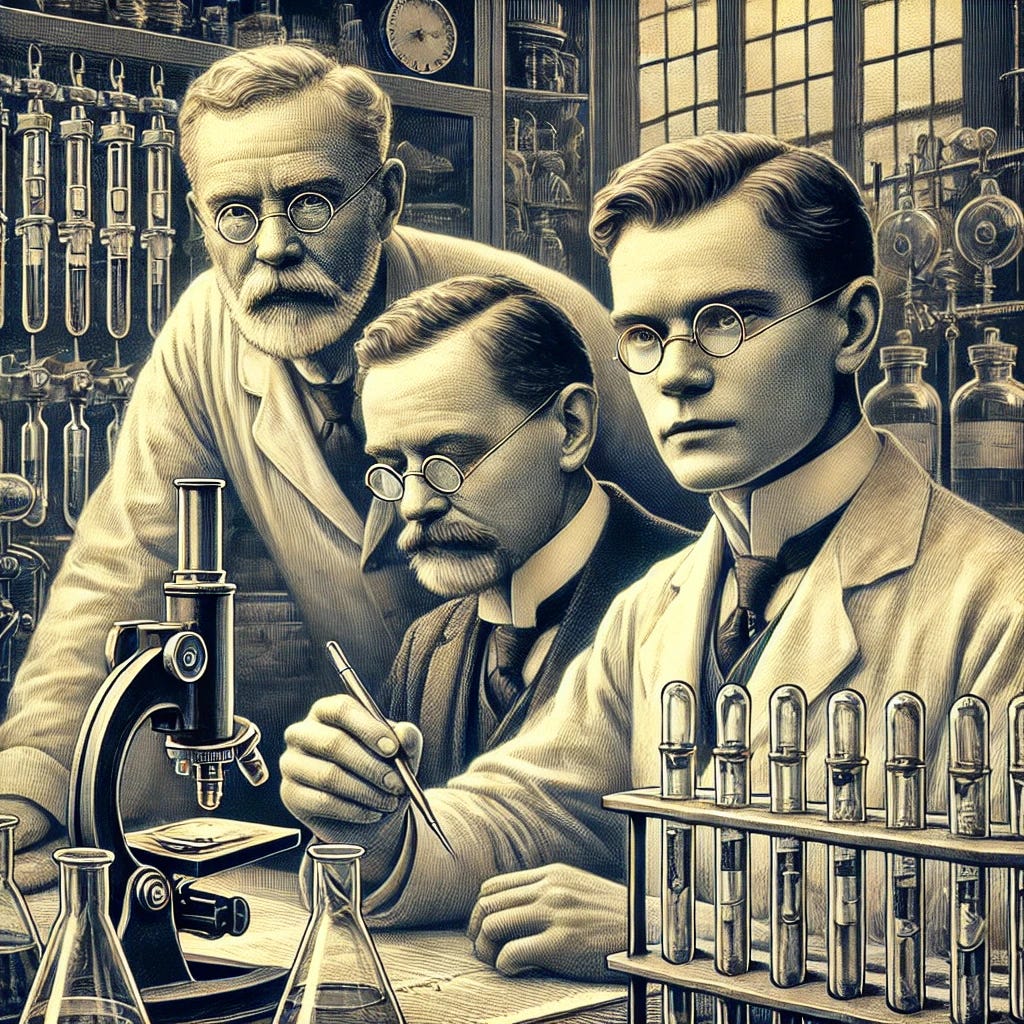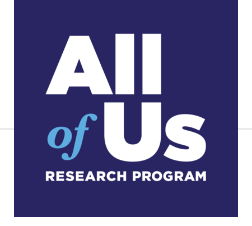The Power of Open Science: Life-Saving Diabetes Innovations
From the Discovery of Insulin to Modern-Day Innovations
In 1921, a groundbreaking discovery changed the course of medical history and saved millions of lives. This discovery wasn’t just about the science—it was about the spirit of collaboration and openness that made it possible. This is the story of how the discovery of insulin became a powerful example of what we now call "open science"—and how this spirit continues to drive modern-day innovations.
The Problem: A Death Sentence Called Diabetes
Before the discovery of insulin, a diagnosis of Type 1 diabetes was essentially a death sentence. People with diabetes, particularly children, faced a grim future. Their bodies couldn’t produce insulin, a hormone that regulates blood sugar, and without it, they would eventually succumb to the disease. The only treatment available was a starvation diet, which could prolong life temporarily but did nothing to stop the inevitable decline.
The Discovery: A Team Effort in Open Science
In 1921, a young Canadian doctor named Frederick Banting had an idea. He believed that the pancreas produced a substance that could regulate blood sugar, and he wanted to isolate it. Despite not being an expert in this field, Banting’s determination led him to team up with a medical student, Charles Best, under the guidance of Professor J.J.R. Macleod at the University of Toronto.
Their experiments succeeded in isolating insulin from the pancreas of dogs, a discovery that was nothing short of miraculous. Injecting insulin into diabetic dogs dramatically reduced their blood sugar levels and improved their symptoms.
However, the story didn't end with the discovery. The team understood the significance of their findings and the urgency of making insulin widely available. This marked the beginning of a journey that would set a precedent for open science.
Open Science in Action: Sharing the Discovery
Rather than patenting insulin for profit, Banting, Best, and Macleod chose to share their discovery openly. They sold the patent for insulin to the University of Toronto for just $1, with the intention of making the treatment accessible to everyone who needed it. Their goal was clear: save lives, not profit from the discovery.
The University of Toronto then licensed the patent to pharmaceutical companies, ensuring insulin could be manufactured and distributed affordably and on a large scale. Any royalties received were reinvested in further research, keeping the focus on public health rather than financial gain.
The Evolution of Insulin: From Open Science to Market Domination
Fast forward to today, and the landscape of insulin production has changed dramatically. Over time, pharmaceutical companies developed newer forms of insulin, often making slight modifications to the original formula and patenting these changes. As a result, insulin prices have soared, particularly in the United States, making it prohibitively expensive for many people with diabetes.
Today, three major pharmaceutical companies—Eli Lilly, Novo Nordisk, and Sanofi—dominate the insulin market. The irony is stark: while the original discoverers prioritized accessibility and openness, today’s market is characterized by high costs and limited access. Despite being discovered over a century ago, insulin remains out of reach for many, highlighting the need to continuously uphold the principles of open science.
A Modern Parallel: Open Science Today with "All of Us"
The principles of open science continue to thrive today through initiatives like the All of Us Research Program. This ambitious effort by the National Institutes of Health (NIH) seeks to gather health data from over a million people across the U.S. to accelerate research and improve health outcomes. What makes "All of Us" stand out is its inclusivity—anyone can participate, regardless of background or scientific expertise.
All of Us exemplifies how open science democratizes research. Participants contribute valuable data that is shared openly with researchers around the world, driving discoveries faster and ensuring that research reflects the diversity of the population.
Real-World Example: Citizen Scientists and OpenAPS
One of the most inspiring examples of open science in action is the OpenAPS (Open Artificial Pancreas System) project. Frustrated by the slow pace of traditional medical device development, a group of people with diabetes and their families took matters into their own hands. They developed a DIY artificial pancreas system and shared their designs and data openly, creating a community-driven solution that has helped people with diabetes manage their condition more effectively.
To learn more about OpenAPS and how everyday people are driving innovation, visit the official OpenAPS website.
Conclusion: The Future of Science is Open
The discovery of insulin is a powerful testament to the impact that collaboration and openness can have on the world. By sharing their findings, Banting, Best, and Macleod changed the course of medicine and set a standard for how science should be done.
As we look to the future, embracing the principles of open science will be crucial for tackling today’s global challenges, from disease treatment to climate change. The spirit of collaboration and openness will be key to unlocking the solutions we need.
In the end, the story of insulin isn’t just about a medical breakthrough—it’s about the power of people coming together to make the world a better place. With initiatives like All of Us and community-driven projects like OpenAPS, everyone has the opportunity to contribute to that story. The future of science is open, and it belongs to all of us.
About Tastermonial
At Tastermonial, we believe science is for everyone—no lab coat required. We embrace diversity and inclusion in science, valuing the power of shared knowledge. Whether you're collecting data, questioning the status quo, or staying curious, you’re already part of the scientific community. We're here to empower you to take control of your health journey through real-world science.
Explore our archives for valuable insights, and if there’s a topic you’d like us to dive into, let us know—your voice drives our community forward!





